Beautiful Fern Plant - Care, Needs, Features and Types of Fern
Fern is one of the most popular house plants. Although there are several hundreds of fern species of various needs, the most common ones are fairly easy to grow and they don't need any special treatment. Are you wondering if a fern is a good choice for your house or apartment? It's such a universal plant that it perfectly fits any interior - regardless of its style. But it's a particularly good choice for Boho and urban jungle styles.
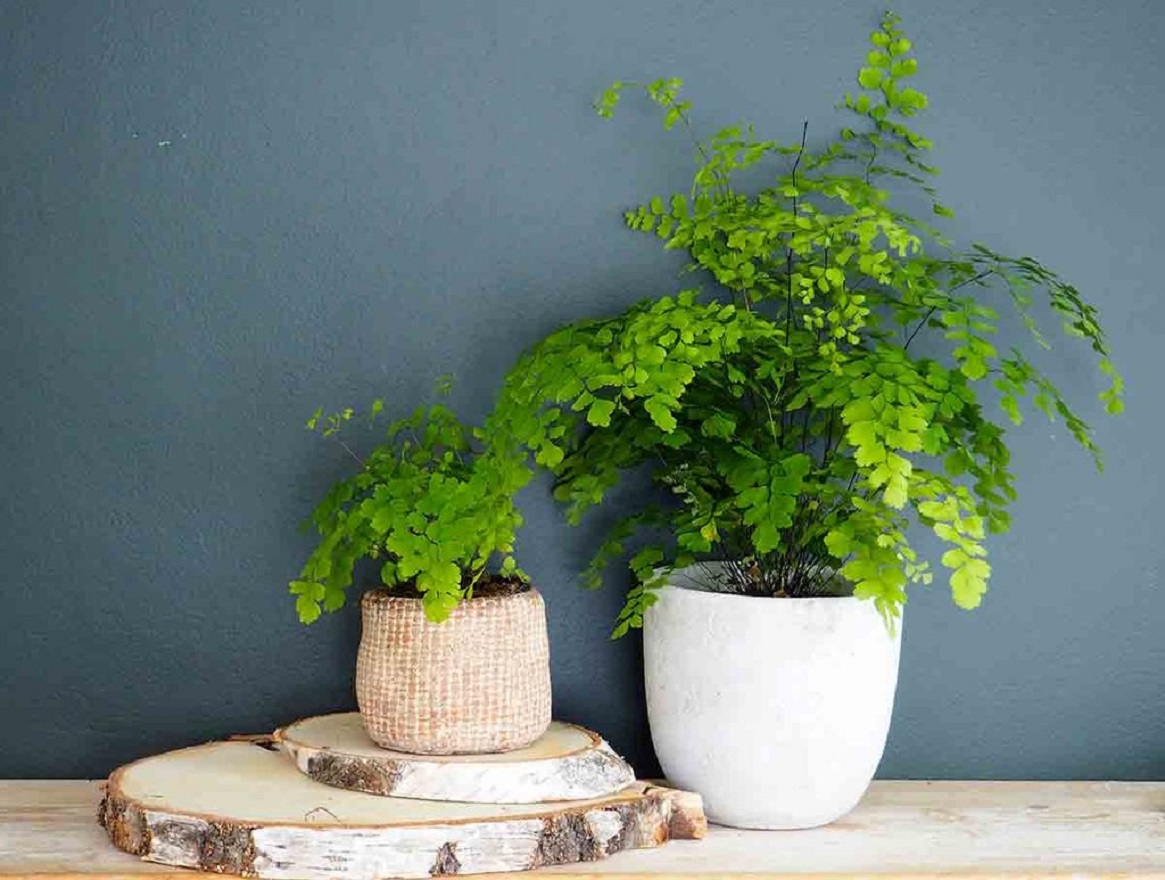
What are the most popular types of ferns?
The market offers a few hundreds of types of fern. Because of this, it’s not easy to pick one - especially that many of them look quite different. Some species, however, are more popular than others and they can be found in many households. Which plants are they?
- Sword fern (Nephrolepis exaltata) - fern plant which is probably well-known by the older generations. It has characteristic, feathery leaves. This type of fern is quite durable, and its intense color amazes everyone.
- Rabbit foot fern (Davallia tyermanii) - beautiful fern plant with unusual leaves originating in the Canary Islands. This plant doesn’t grow tall but can quickly spread to the sides. It’s a perfect option for those who like non-standard house plants.
- Southern maidenhair fern (Adiantum capillus-veneris) - quite an unusual and characteristic for its interesting looks fern plant. The fronds don’t look like typical fern leaves - they are small and look like hand fans.
- Button fern (Pellaea rotundifolia) - a fern with round leaves growing on long twigs. It has a characteristic dark saturated color. It’s also one of the easiest plants to grow.



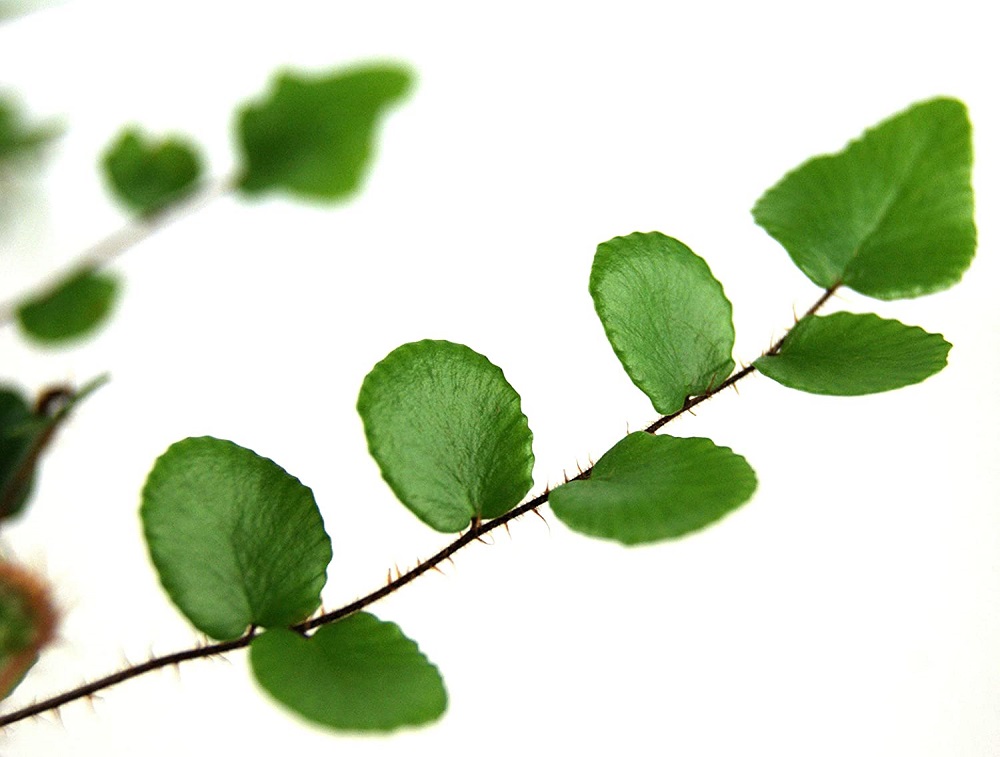
Do fern plants have any benefits for human health?
Few people know that different fern varieties, just like peace lilies, are perfect air purifiers. The fern leaves are particularly precious - they work like air filters. Interestingly enough, ferns can remove not only oxygen dioxide from the interior, but also other harmful elements. It concerns, for instance, particles from the products you use for wall painting.
Fern plant should also be grown in any home with many electronic devices such as computers, TVs, projectors and others. Why? They perfectly neutralize radiation produced by such equipment.
Common polypody - where can you put it?
The common polypody is a fern variety that can be placed in practically any home interior. It looks perfect in the living room, as well as in the hallway. It’s also a great bedroom plant - mostly because of its air-purifying properties.
Remember that fern plants (or any other living plants) cannot be placed by radiators. Too intense heat is not good for them, as it dries them out.

Fern plant - what are its needs?
Although fern as a houseplant doesn’t need any special conditions for growth, there are certain basic rules one should follow.
Choosing the right spot is the basic issue. It shouldn’t be too sunny, nor completely shaded. Half-shade with an access to sunlight is the best option.
The soil for fern plants should be fertile and acidic. You can mix classic potting soil with humus and peat - they will provide perfect growing conditions for your fern. If you are not very experienced, you can also purchase a special soil mix for ferns in a gardening store.
The soil for a fern should be moist but not wet. Many people confuse those two terms, and as a result the plants die back. If you’re repotting your fern plant by yourself, remember that it’s recommended to put some gravelite at the bottom of the pot - it will perfectly retain moisture.

Does fern need fertilizing?
Fern plants don’t have many requirements, which also concerns fertilizing. Depending on the conditions in your house - feeding your plant once a month will suffice. In summer, when you ventilate the interiors frequently, you can intensify the use of fertilizers and feed the plant once every two weeks.
Ferns prefer liquid fertilizers - especially the organomineral varieties. The product should contain potassium, nitrogen and phosphorus. This way, they not only nourish the plant, but also regenerate the soil.
How to repot a fern plant?
Most fern varieties don’t like repotting. For this reason, experts suggest not to do it too often. What is the risk? Fern plants grow much slower after repotting, and they maight become more prone to various diseases.
If you decide to repot your fern houseplant - do it in spring. Put it in a ceramic pot - it’s much better for this purpose.
To make the process of fern repotting quicker, make sure to water the plant thoroughly beforehand. This way, it will be easier to take it out of the pot without damaging the roots.

How to propagate fern plants?
Depending on the types of fern you grow in your house, there are three methods for their propagation. Each of them is easy enough to do, so you shouldn’t encounter any problems.
Many fern varieties grow separate shoots. After a close examination, you should notice those particular parts. If you have such a fern species, you can simply propagate it by separating the shoots from the mother plant and planting them in small containers.
The great majority of fern plants can be propagated while repotting. You just have to divide the plant. Using this method, you can be sure that the seedling will take root properly.
Certain types of fern are easier to “maintain.” What does it mean? Just cut off a twig, root it and plant it in a pot. It’s the quickest way, although it needs a good product to maximize the young plant’s growth.
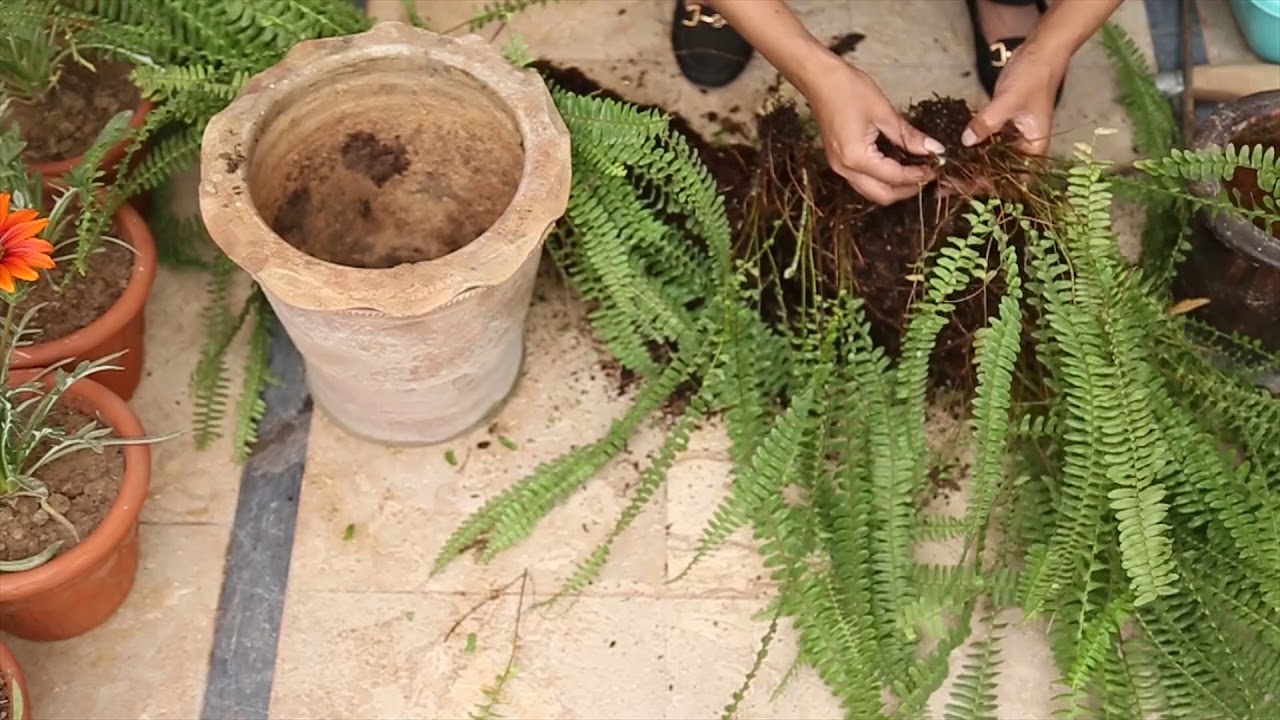
Overwatered fern plant - can it be saved?
Fern plants like humidity and frequent watering - at least once a week. How do you know the plant has been overwatered? Does it signal it in any way? Yes! But it might be very confusing. Ferns react in the same way to too dry and too wet soil. What happens then? The fern leaves become brown or yellow, and the whole plant doesn’t look very good. In such a case, ask yourself how you’ve treated the fern recently. This way, you can determine whether it has received too much or too little water.
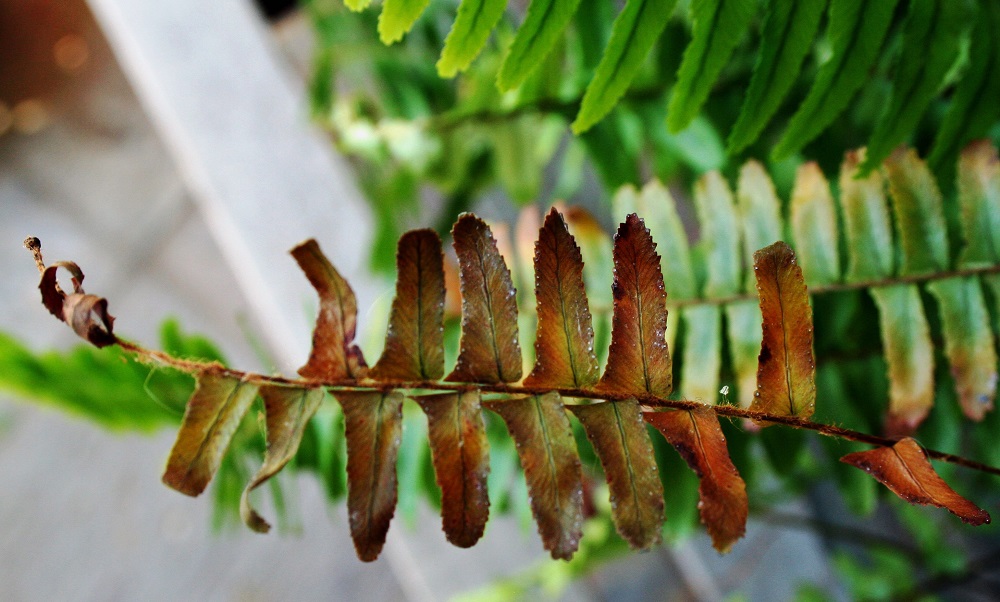
Why is my fern drying out?
There are at least several reasons why a fern plant might simply dry out. Experts suggest the most common issues:
- choosing a wrong spot - too sunny or too dark,
- placing the plant too close to a radiator,
- poor quality of water used for watering,
- wrong fertilizer and calcium particles.
The problem might be also more trivial - too rare watering, especially in summer.
Fern plant - how to trim it?
Fern plants grow best if provided with good conditions and left alone. Just like with repotting, they don’t like trimming - although it is sometimes necessary, especially if there are a lot of dry leaves. In such a case, a little refreshing is needed.
How to trim a fern? Do it slowly and delicately. If you are careful, there’s a chance that the plant won’t slow down the process of growing.
Specialists agree about one thing - any dry tendrils that appear on the plant should be cut off. They have a bad impact on the plant, so you don’t have to hesitate, in this case.
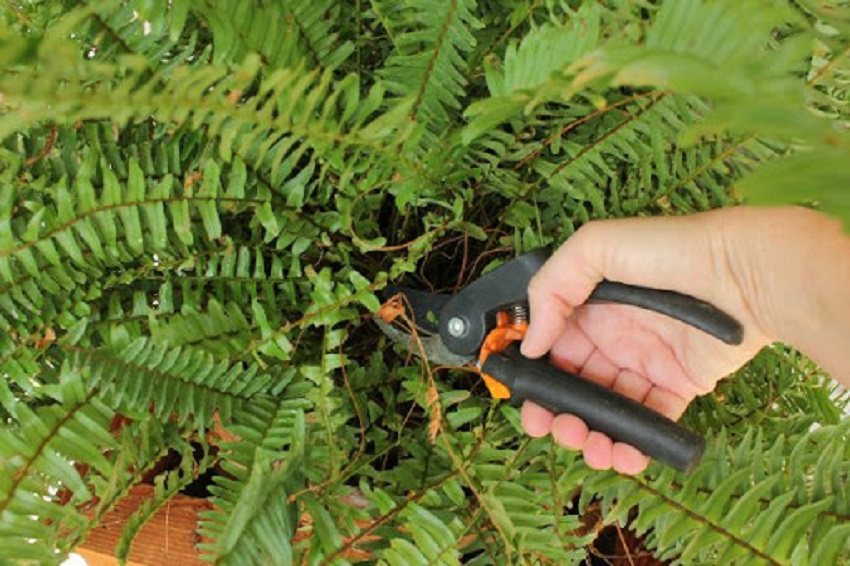
What are the most common fern diseases?
Fern plants are unfortunately very prone to diseases. What’s more, various pests are also interested in them. You have to be careful and act immediately, as any delay means that it might be too late to save the fern.
As for diseases caused by fungi, spots are the most common issues. What to do in this case?
- Remove all the infected leaves.
- Use a special product against the disease - you can find it in a gardening store or buy it online.
- Check if the plant’s soil is not too damp - such conditions are perfect for fungi.
As mentioned above, various types of pests are a big threat to fern plants. They like to reside in the plants especially in summer, when high humidity and temperature make favourable conditions for them. Find the most dangerous pests below:
- spider mites,
- soft scales,
- armored scales,
- springtails,
- roundworms,
- mites.
Fern plant - what to know before making a purchase?
When buying a fern and any other house plant, you should pay attention to several issues, as they affect the further plant’s growth.
First of all, check if the fern is not overdried and whether there are no brown leaves or pests in the lower parts of leaves. This way, you can be sure that the new plant won’t harm the house plants you already own.
Some experts also suggest to look for young shoots. This is a sign that the plant is in a good condition and it will grow fast.


📍 Why is the fern drying out?
The fern plant is drying out because the temperature is too high. Keep in mind that it's one of the many possible issues. Too much calcium that can be found in water or fertilizer can be another one.
📍 How to care for fern plants?
Fern plants should be provided with the right type of soil - it should be rich and acidic. Moderate temperature, high humidity and regular fertilizing without calcium are other important factors.
📍 Why are my fern plant leaves brown?
Brown fern leaves might signify that the plant is drying out - but no always. Other possible causes are too low temperature of the room the plant has been placed in. Too high humidity - in air or soil - is another reason, so make sure to carefully observe the fern plant and any changes in its looks.
📍 How to water a fern plant?
Ferns are moisture-loving plants, so make sure to water them regularly at least once a week. They need a special treatment in summer, when hot days pose a threat of damage. In this case, the fern plant might need watering even 2-3 times a week.
Featured articles




